Rebuilding After Prostate Cancer: Strength, Confidence, and Control Through Rehabilitation
Prostate cancer treatment doesn’t end with surgery, radiation, or hormone therapy. For many men, the real challenge begins afterwards — dealing with fatigue, muscle loss, incontinence, and a body that no longer feels like their own.
This stage is often overlooked, but it’s where the right rehabilitation strategy can make all the difference. At Poseidon Performance, we work with men in their 50s, 60s, and beyond to restore strength, mobility, and confidence after prostate cancer — using targeted, evidence-based training methods that go far beyond walking and hoping for the best.
If you’re recovering from treatment or supporting someone who is, this blog outlines what to expect, what works, and why the gym can be as important as the clinic.Treatment Might Be Over—But Recovery Is Just Beginning
Prostate cancer is one of the most common cancers in men—and survival rates are high. But surviving is only part of the story.
Surgery, radiotherapy, hormone therapy, and other treatments can leave you dealing with:
• Urinary incontinence or urgency
• Loss of muscle mass and strength
• Reduced bone density
• Erectile dysfunction
• Fatigue
• Weight gain
• Emotional and psychological challenges
You’re alive—but you might not feel like yourself.
That’s where rehab comes in.
Why Exercise Matters After Prostate Cancer
Exercise after prostate cancer isn’t just safe—it’s one of the most effective tools for recovery.
Evidence shows that structured, progressive exercise can:
• Improve pelvic floor control and continence
• Rebuild muscle mass lost from treatment or inactivity
• Counter bone density loss from hormone therapy
• Boost testosterone and mood naturally
• Reduce fatigue and improve cardiovascular health
• Rebuild confidence, sexual function, and quality of life
The key? It has to be done right. Not just “go for a walk”—but targeted, intelligent, progressive training that supports your body where it is now.
Common Challenges We See in Men Post-Treatment
At Poseidon Performance, we’ve worked with men from elite Special Forces veterans to everyday dads and grandfathers. After prostate cancer, we commonly address:
• Poor pelvic control: difficulty with bladder leakage or urgency
• Sarcopenia: loss of lean muscle, especially in the legs and upper body
• Reduced libido and energy from testosterone-suppressing treatments
• Postural or core weakness
• Fear of returning to the gym or lifting weights
All of this can be improved—with smart, strategic rehabilitation and support.
Our Approach at Poseidon Performance
You won’t find gimmicks or generic programs here.
Our rehab is clinical, evidence-based, and completely tailored to the individual. Every man we work with gets:
• A full assessment (movement, strength, balance, pelvic control)
• A targeted training plan based on goals and current function
• Resistance training to rebuild lean tissue and support hormones
• Core and pelvic floor integration (without the fluff)
• Weekly progression and coaching to ensure continued adaptation
• Collaboration with medical professionals or pelvic physios when needed
Yes—You Can Lift Weights After Prostate Cancer
There’s a myth that lifting is risky after prostate surgery or with incontinence.
The truth? Done right, strength training is one of the best things you can do for post-treatment health.
We ensure:
• Proper pelvic floor engagement during lifts
• Progressive loading based on fatigue, not ego
• Breathing mechanics to reduce pressure on the pelvic floor
• Clear boundaries—so you never push past safety
This isn’t bootcamp. It’s intelligent, professional strength training built for long-term male health.
A Note on Hormone Therapy
Many prostate cancer patients undergo androgen deprivation therapy (ADT)—which reduces testosterone to suppress tumour growth.
The side effects can include:
• Loss of muscle and strength
• Increased abdominal fat
• Low energy
• Fragile bones
• Emotional flatness
Resistance training and high-intensity intervals have been shown to combat many of these effects—naturally improving energy, preserving bone density, and stimulating muscle and metabolic health.
You’re Not Just a Patient. You’re a Man Rebuilding His Life.
We don’t treat you like a diagnosis. We train and coach you like an individual.
One with goals, standards, responsibilities—and a future to live well.
Whether you want to:
• Get back to cycling, golf, or rowing
• Be stronger for your partner or family
• Stop fearing bladder leaks at the gym
• Or just feel like a man again…
We’re here for it.
Start Rebuilding Today
📍 Based in Dartmouth or South Hams?
Join us for one-to-one coaching or a full return-to-strength plan post-treatment.
🌍 Not local?
We also offer remote programs and work alongside pelvic physios and consultants as needed.
👉 Contact us now or message us on Instagram @poseidon_rehab
You’ve faced the hardest part.
Now let’s rebuild the strong, capable, confident version of you.
